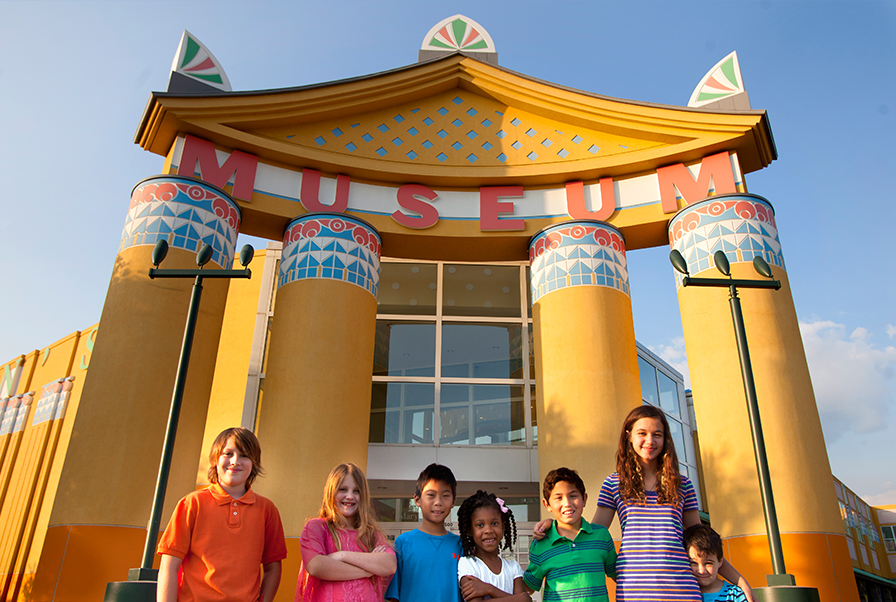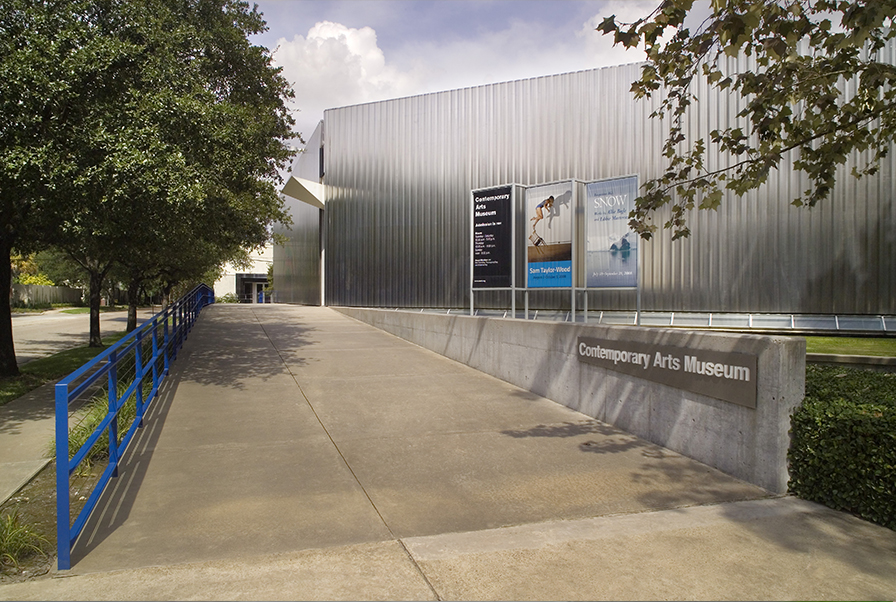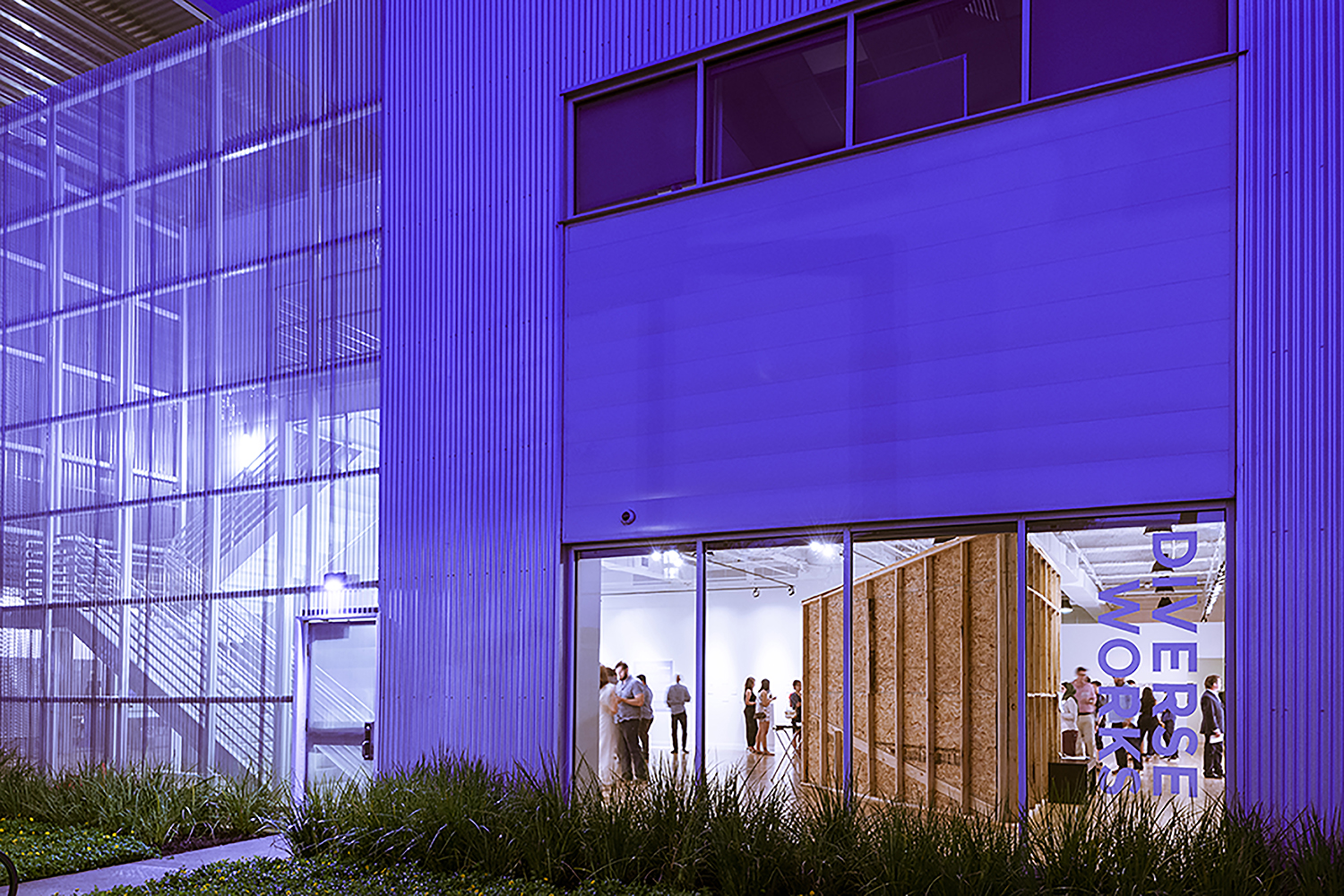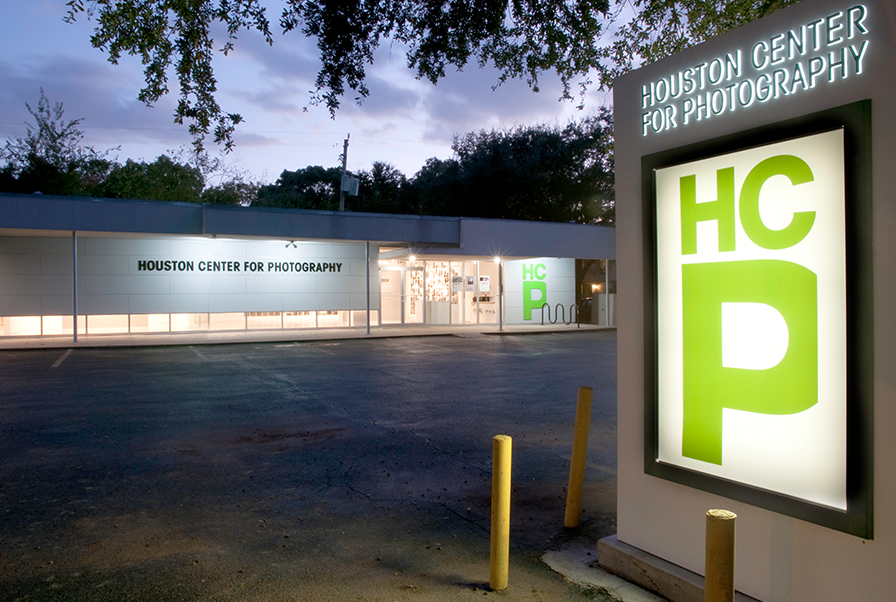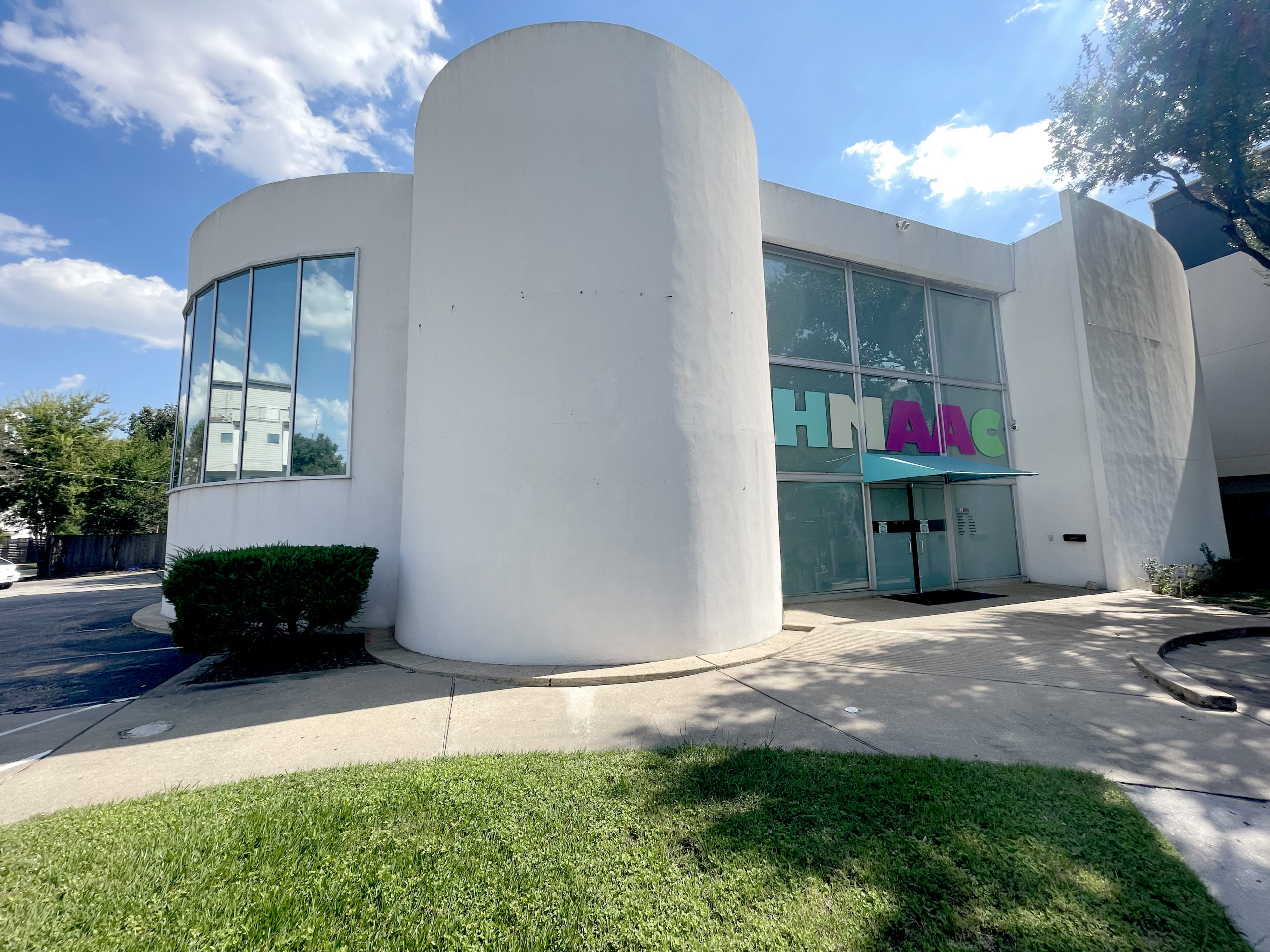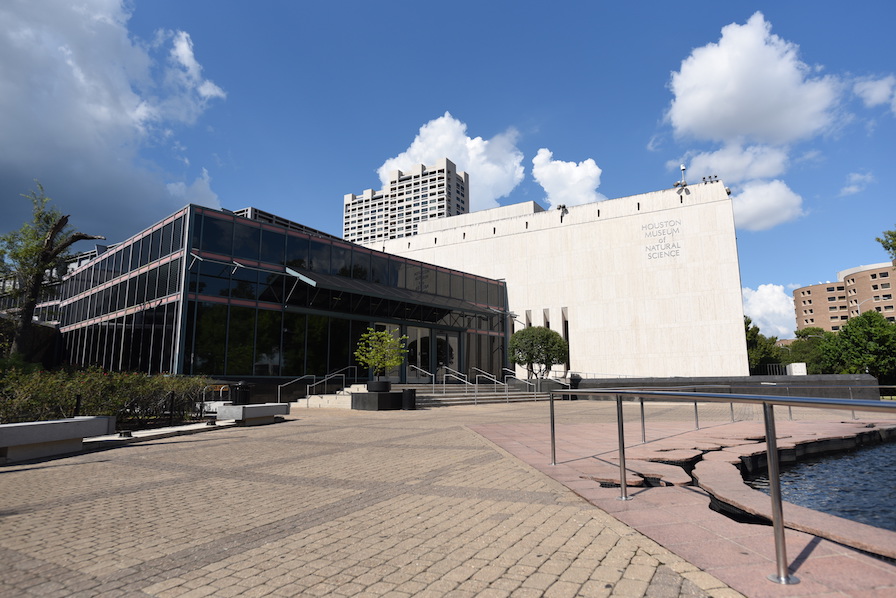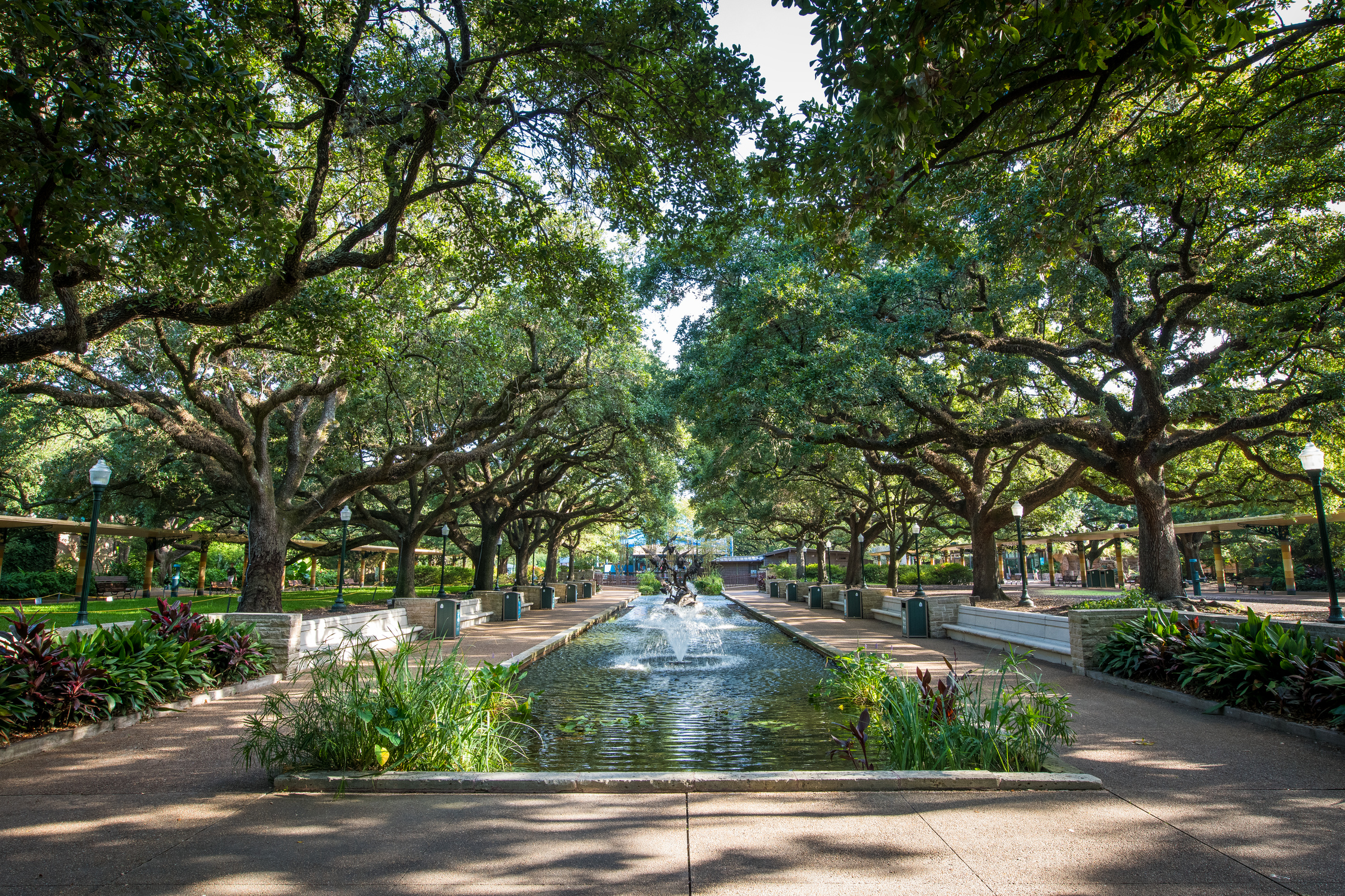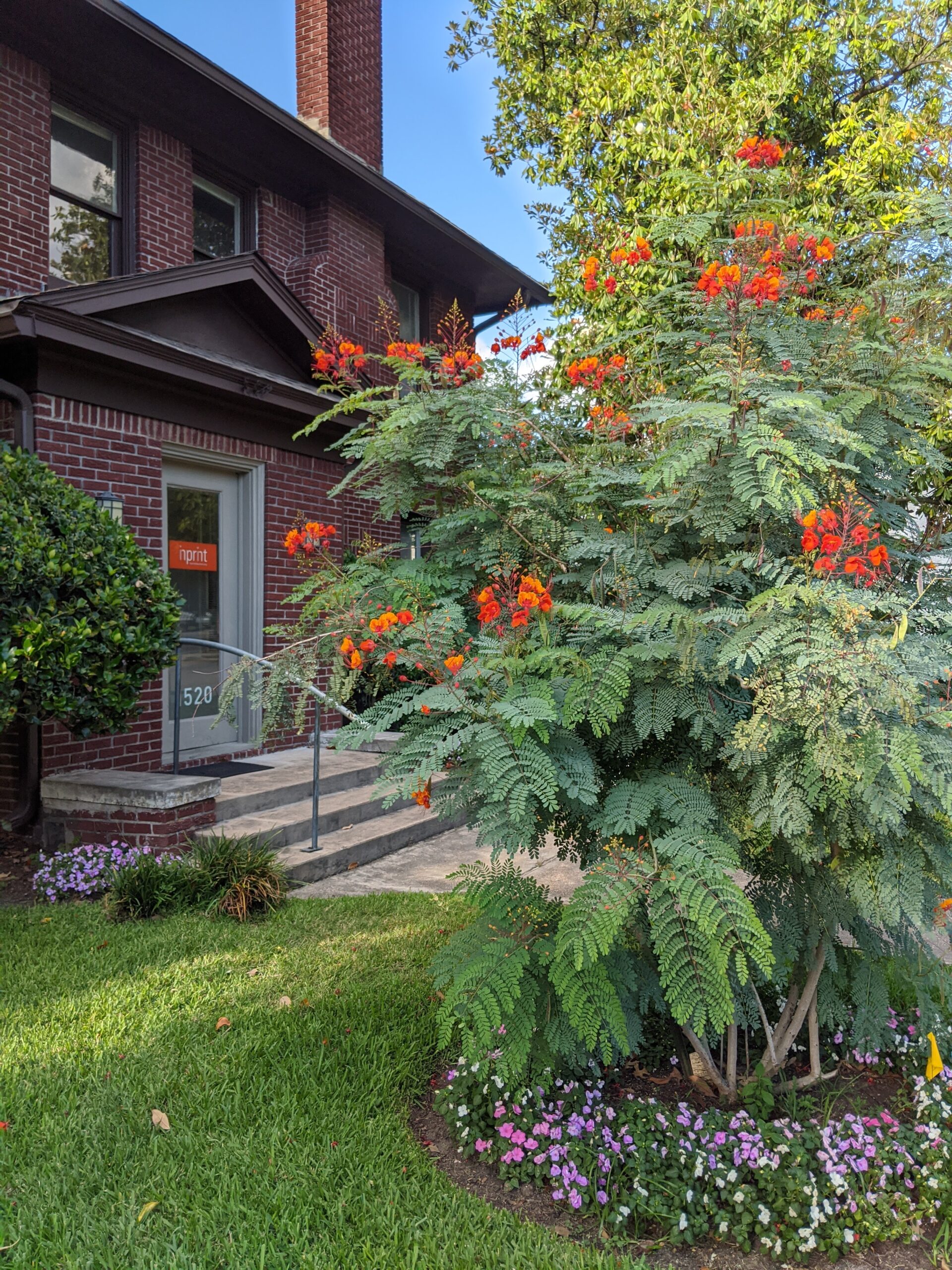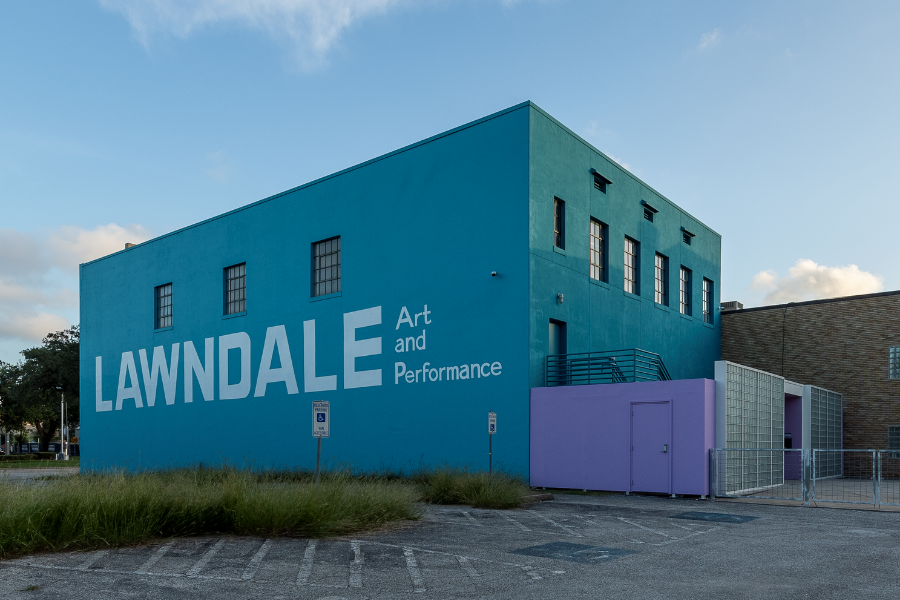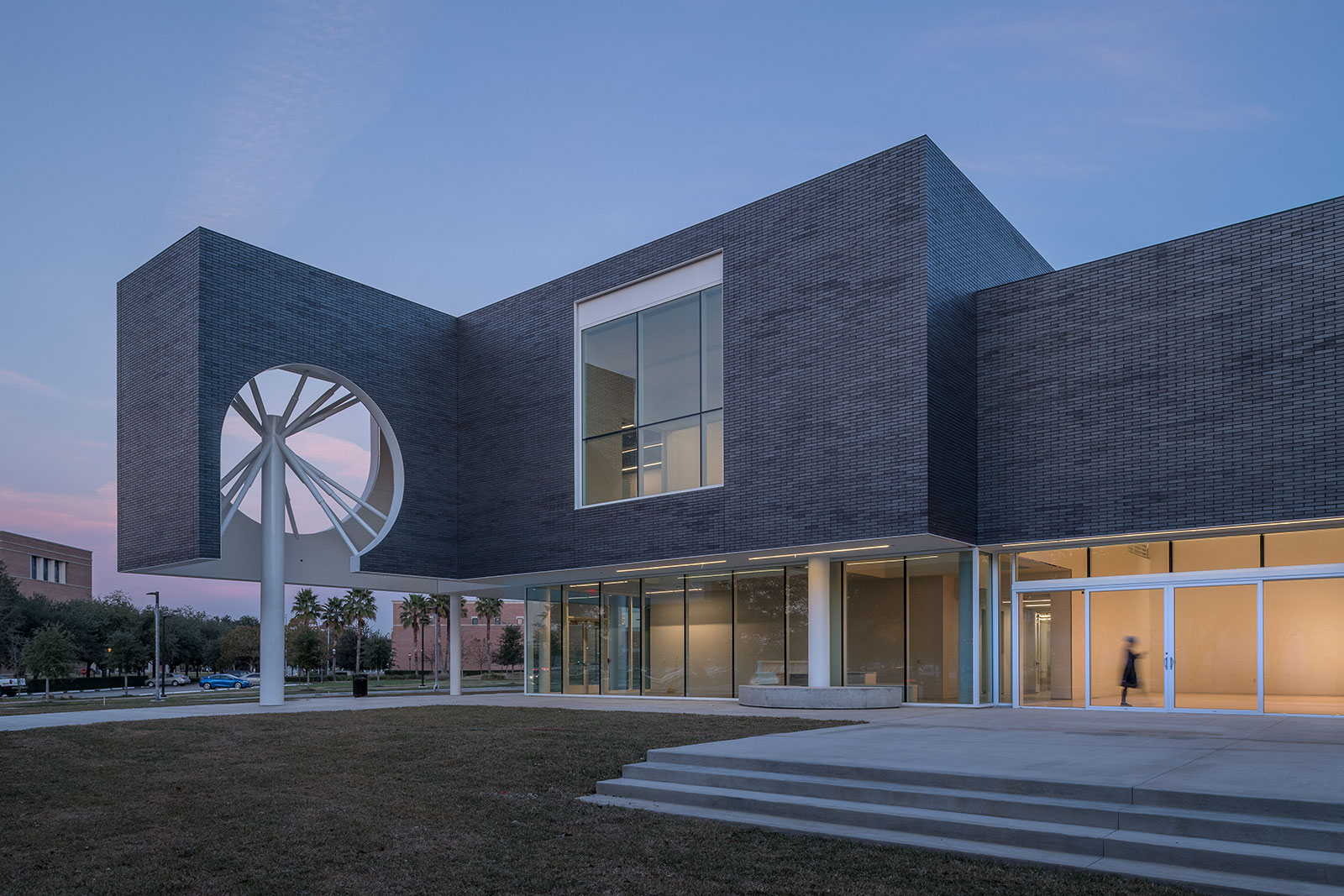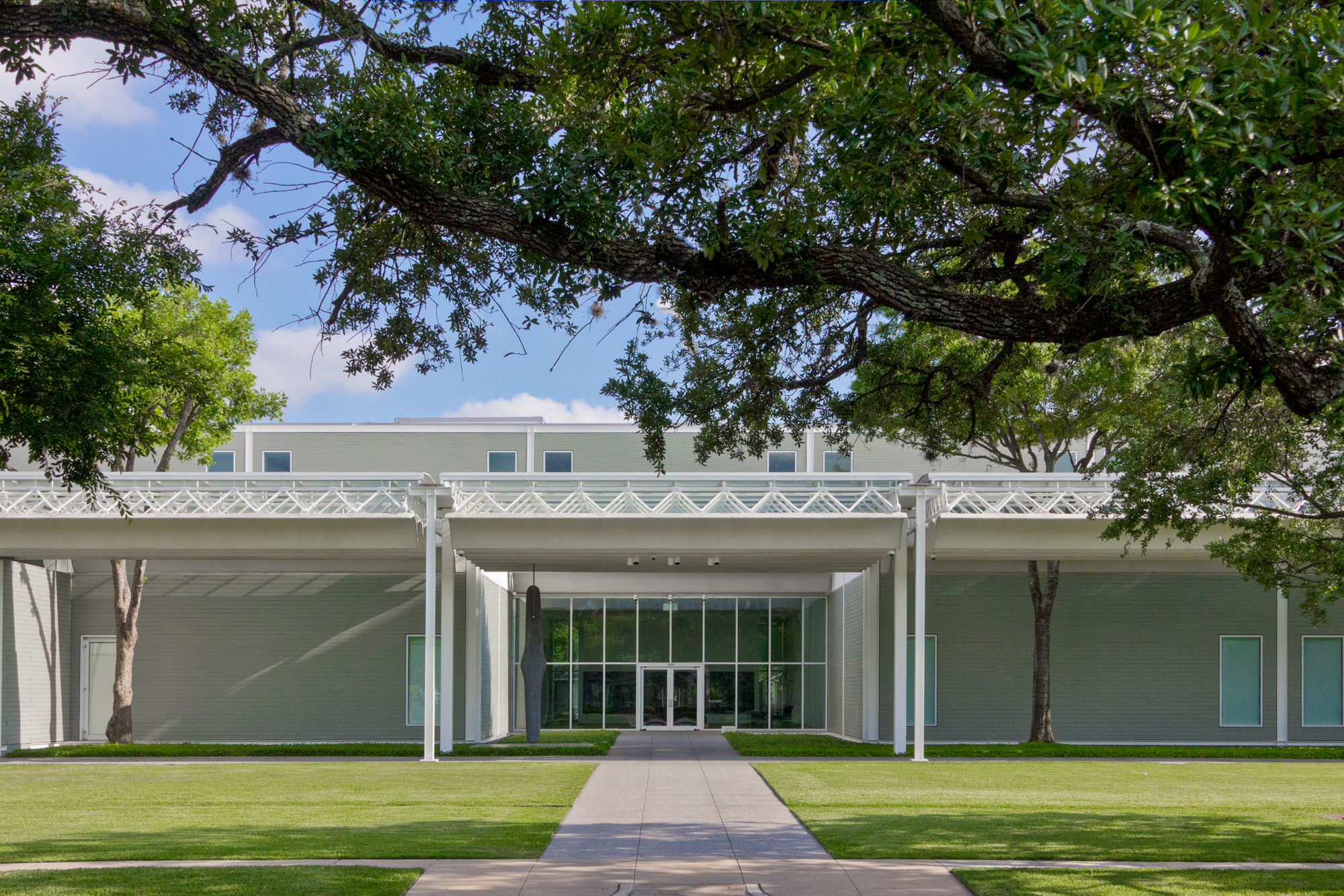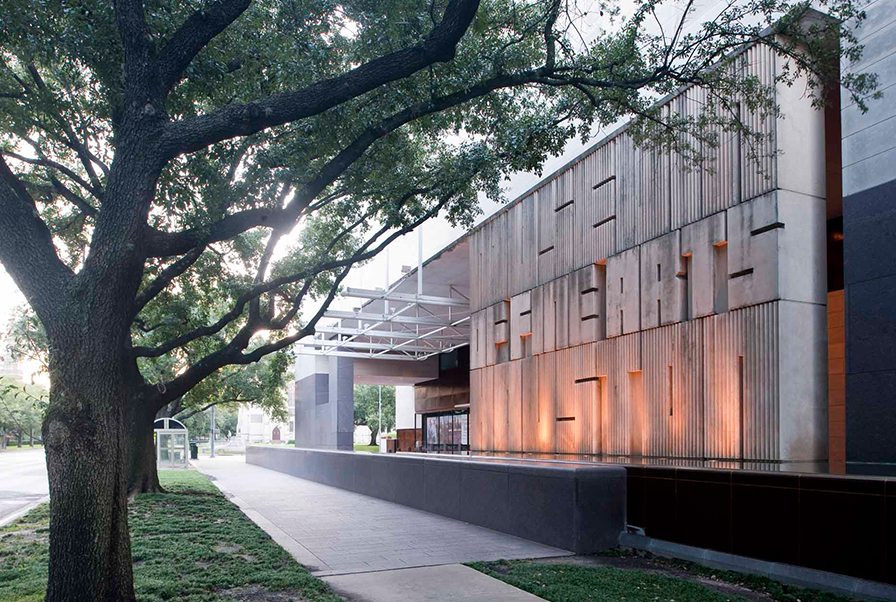The Untold Museum District, Part III
The Houston Museum District is home to a number of hidden treasures and untold stories. This is the third installment in a series looking at some of the lesser-known facts related to the 19 museums in the district.
Houston Center for Contemporary Craft
The Craft Garden at the back entrance to the Houston Center for Contemporary Craft is a secret oasis in the district – complete with tall reeds and flowers, a bubbling fountain and sculptures hidden amongst the plants.

About a year after the center’s opening in 2001, former HCCC resident artist Lynn Gammon came up with an interesting idea. She thought the 100-square-foot vacant lot adjacent to the center had more potential. She envisioned a garden where artists could grow materials to use in their work — for weaving, basket making and felting.
Gammon spoke with friends, including a landscape architect, to develop the idea and then formed an advisory committee to help raise funds for the project. With the help of a number of organizations, including the Herb Society of America, the River Oaks Garden Club, local garden centers and generous individuals, construction for the garden broke ground in 2003.
Now the garden serves HCCC resident artists, with plants divided into four sections: baskets, textiles, dyes and paper. The area has become a great educational tool for visitors and students. Elementary school students have been involved in garden projects, including a class of fifth graders who learned to gin and spin cotton.
The garden also houses several art installations. For several years, Lotus Bermudez, a former resident artist who now teaches ceramics at Houston Community College, asks her senior ceramics students to create site-specific work for the garden each spring. Other garden exhibits have included work such as felt flowers and metalwork. Even guerilla knitters have left their mark in the garden.
Rothko Chapel
Barnett Newman’s “Broken Obelisk” is one of those iconic sculptures in Houston’s landscape. The 25 foot-tall steel inverted-obelisk balanced on top of a pyramid almost seems to have sprung forth from the reflecting pool outside of the Rothko Chapel.
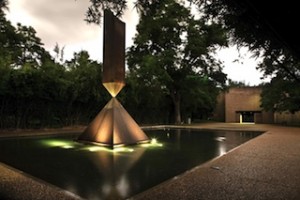
The sculpture’s actual arrival in the location was much more difficult than moving the 6,000 tons of steel. In a documentary on the Rothko Chapel, founder John de Menil said the chapel lawn was not the original location intended for Newman’s masterpiece.
In 1967, a government program offered to help fund monumental works of contemporary art in public places. Houston was one of four cities to receive funds – but the program required a matching grant from other sources. The program was in advisement for two years, while city staff searched for donors. Near the deadline, John and Dominique de Menil were approached.
The couple agreed to donate on two conditions. The first was that the city agree to purchase Newman’s “Broken Obelisk.” The sculpture was designed in 1963-64, fabricated in 1967 in an edition of three. The edition that the de Menils had their eyes on was first exhibited in front of the Seagram Building in New York City and then the Corcoran Gallery of Art in Washington.
The couple’s second condition was that the statue be dedicated to Dr. Martin Luther King Jr. The city, at the time, would not support this condition. While the de Menils lost the battle, but they could not stand to see the city lose the sculpture. They decided to buy it on their own and placed it in front of the Rothko.
Once the sculpture settled in its new home, Houston’s humidity began to take its toll. Cor-Ten steel is a material designed to rust. In 1987, foam was blown into the sculpture to stop the seams from popping apart due to air pressure, but this solution only spurred new problems. Corrosion began occurring from the inside out.
In 2004, experts were brought in to conserve the Obelisk. First, the sculpture had to be dismantled – but no one was sure how. One crane and harness could not get it to budge. The inside of the obelisk contains a huge balloon filled with water to offset the weight of the structure and keep it standing upright. Special equipment was created to pull the statue in all directions and force it to break apart.
The “Broken Obelisk” finally underwent a complete restoration and was reinstalled in in front of the Rothko Chapel in time for Martin Luther King, Jr. Day in 2006.
John C. Freeman Weather Museum
Director and co-founder Jill F. Hasling jokes that the John C. Freeman Weather Museum is the number one untold story of the Museum District. Most people don’t even know there is a weather museum in Houston, she says.
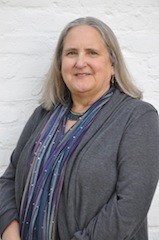
The Museum, however, has its own interesting story to tell. It’s the first of its kind in the nation, and it was founded by a father and daughter team – who were both meteorologists.
Having a meteorologist for a father made for some interesting childhood memories for Hasling. She remembers driving with him across the bay during a hurricane and sitting in their driveway watching funnel clouds form.
Hasling’s first job, while she was majoring in mathematics at the University of St. Thomas, was working as a student programmer at the Institute for Storm Research, analyzing data to create global surface maps for the weather forecast. She then programmed numerical weather prediction and oceanographic models and eventually became a tropical and marine weather forecaster. Hasling’s career allowed her to work closely with her father, Dr. John C. Freeman, for 30 years.
Freeman encouraged his daughter to continue her work, at a time when weather was a male-dominated profession. “He pushed me out of my comfort zone having me give papers at meetings when there were no other women in the room,” she recalled.
In 1987, Hasling and her father established the Weather Research Center, a non- profit educational and research facility dedicated to inspiring the next generation of scientist and engineers. Hasling acknowledges that she inherited her father’s passion for educating young meteorologists.
In 2006, Hasling and her father’s ultimate dream became a reality – when they established the Weather Museum, a place where meteorologists could teach future storm trackers and temperature predictors.
The Health Museum
The best story about the Health Museum is perhaps how the facility got its start. In 1969, the Harris County Medical Society used funds from the Victory Over Polio Campaign, a grant from Houston Endowment and contributions from individual physicians to open the Museum of Medical Science.
The Museum opened as a 4,500 sq. ft. exhibit within the Houston Museum of Natural Science. In return for the space, the Museum of Medical Science paid $100,000 for a 50-year lease.
This museum within a museum had its own employees, a separate board to direct operations and its own fundraising plans.
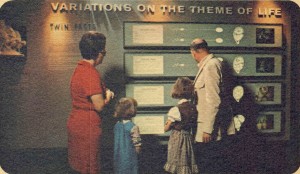
The board had a vision to build a free-standing health museum, and in 1978, a $600,000 grant from Houston Endowment allowed the purchase a block of land at 1515 Hermann Drive. Plans were developed to build the museum, but economic downturn in the 1980s put the project on hold.
At this time, the exhibit was nearly 20 years old and the second highest exhibit area of the HMNS. But the Museum was having difficulty raising funds. In 1989, the Museum of Medical Science entered into a new agreement with the HMNS – incorporated as Hall of Health instead of independent museum.
Still, the vision of more hands-on exhibits and more space led to revised discussion of a separate museum. Following a successful $9.5 million capital campaign, the building was constructed. The Museum of Health & Medical Science opened its doors on March 16, 1996.
In late 2001, the museum’s Board of Trustees recognized the unparalleled contribution of Dr. John P. McGovern to the museum’s success, and the museum was renamed the John P. McGovern Museum of Health & Medical Science in his honor.
In 2006, the Museum celebrated its 10th anniversary and was renamed the Health Museum. The facility is dedicated to helping families better understand their bodies and take proactive measures to be healthy. Since its grand opening, the museum has hosted more than 2 million visitors.



